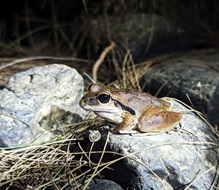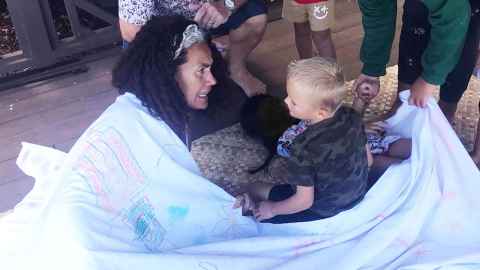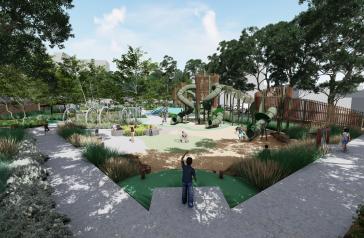The endangered Booroolong frog may be on the road to recovery after an army of NSW Government scientists teamed up to save it with a targeted conservation program and cutting-edge Environmental DNA (eDNA) science.

It’s a major win for the native amphibian whose northern populations were all but wiped out in the 2017–20 drought.
In 2019, quick-thinking scientists led by the NSW Government’s Saving our Species program jumped into action, collecting 60 frogs to establish a breeding program at Taronga Zoo in Sydney. Last month, 656 juvenile Booroolong Frogs were released into the Cockburn River catchment near Tamworth to help boost numbers in the NSW Northern Slopes and Tablelands.
The release comes off the back of a release last year of 640 frogs. Results from follow-up surveys in October were very encouraging, with a large number of released frogs surviving and thriving in their new home.
Tracking frogs in the wild can be tricky, so water scientists made a high-tech leap by developing a ground-breaking eDNA test which can spot even the slightest genetic trace of an animal from as little as 100 millilitres of sampled water.
The new technique is a critically important tool in the mission to bring the frog back from the brink, with results helping to shed light on the population’s distribution and return to health in the state’s north.
In December 2023, experts took water samples from several stream locations, which they hope contain Booroolong frog eDNA. Results are expected in the coming months.
The presence of healthy and diverse wildlife in the river system is just one way the NSW Government can gauge if our water management activities are working effectively.
The work to conserve the Booroolong frog is thanks to collaboration between scientists at the NSW Department of Climate Change, Energy, the Environment and Water’s Saving our Species program and Water Group, the University of Canberra’s (UC) National eDNA Reference Centre, Taronga Conservation Society Australia, the Australian Museum and local ecologist Phil Spark.
The findings from field monitoring will help to inform and improve water management and policy to better support native wildlife and to deliver a healthier and resilient river system.








